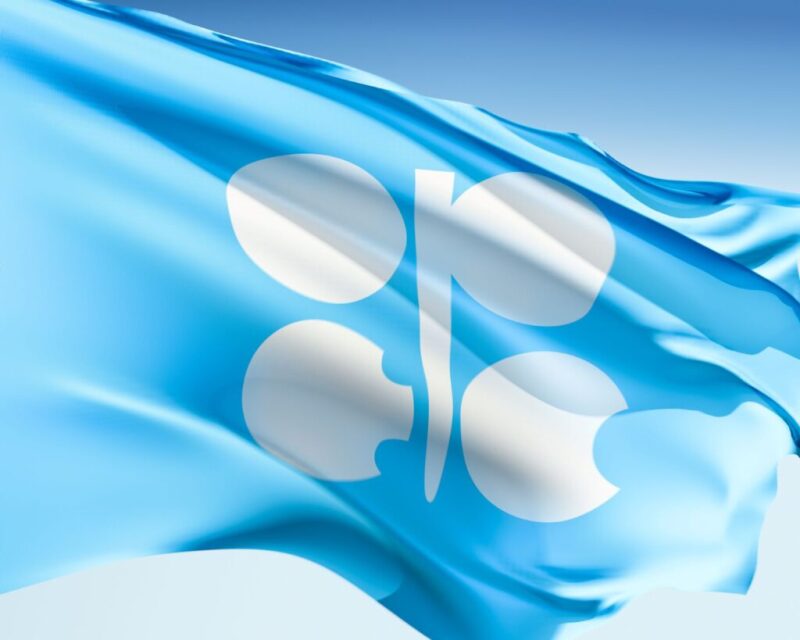A decision by OPEC+ to raise oil output by 400,000 B/D in March sent crude prices soaring to 7-year highs. The modest jump has the group sticking to its plan to gradually increase production to recover the volumes cut 2 years ago as a result of the global pandemic. The ministers of the OPEC+ alliance, who met via video conference, rubber-stamped the production hike in just 16 minutes—the shortest meeting in its history. Calls from countries, including the US, for a more robust production increase to help alleviate higher prices were left unanswered.
Word of the decision sent both WTI and Brent crude up toward the $90/bbl mark. WTI, which rallied 17% in January, hovered around $88 mid-day. Brent was ranging roughly a dollar higher.
“That is what was expected, despite some rumors yesterday that OPEC+ might agree on a larger hike” said Carsten Fritsch, an analyst at Commerzbank AG, according to Bloomberg. “They keep their powder dry for the time being.”
Led by Saudi Arabia and non-OPEC leader Russia, the energy alliance is in the process of recovering record supply cuts of roughly 10 million B/D taken in April 2020 to help the energy market recover after the COVID-19 pandemic crippled crude demand. The remaining cuts stand at 2.6 million B/D and OPEC+ hopes to wind them down before the end of the year.
While alliance members agreed to the hike on paper, many producers within the OPEC+ group are struggling to pump to their quotas, leaving an increasing gap between agreed increases on paper and actual growth in output. That leaves the market tighter than many onlookers had anticipated just late last year.
Recent price increases also have been fed by the tensions in eastern Europe, where uncertainty around Russia and its intentions toward Ukraine has raised fears that US and European sanctions could materialize. However, some analysts believe any sanctions imposed would not target energy supplies.


